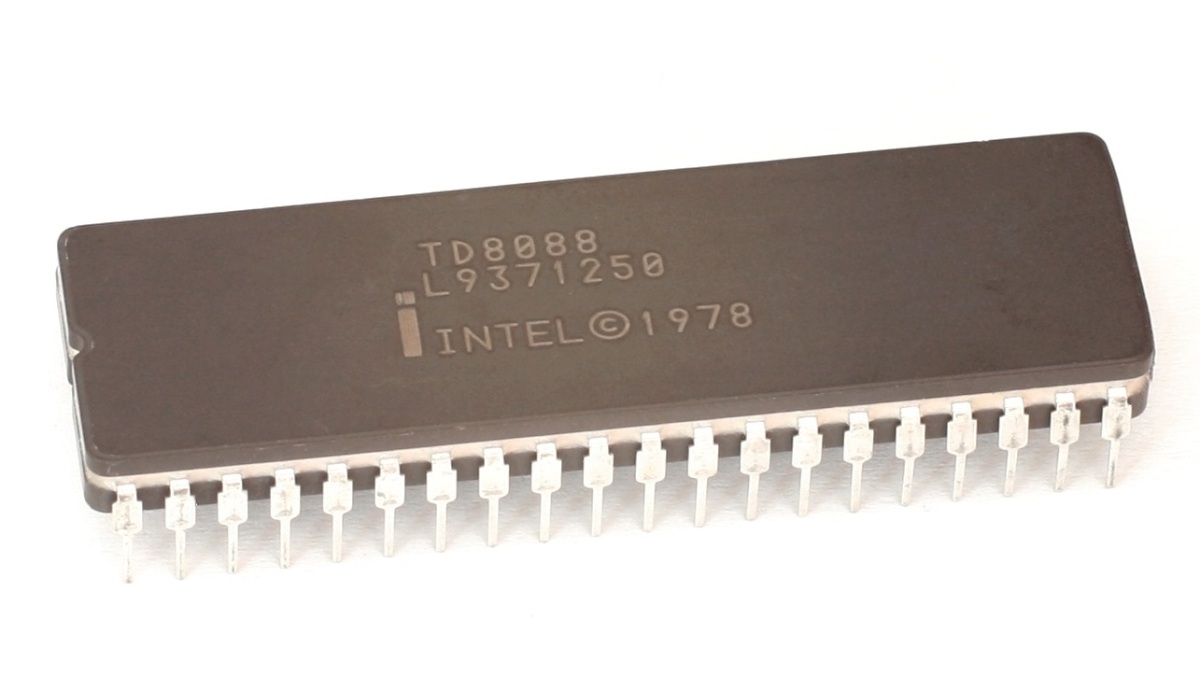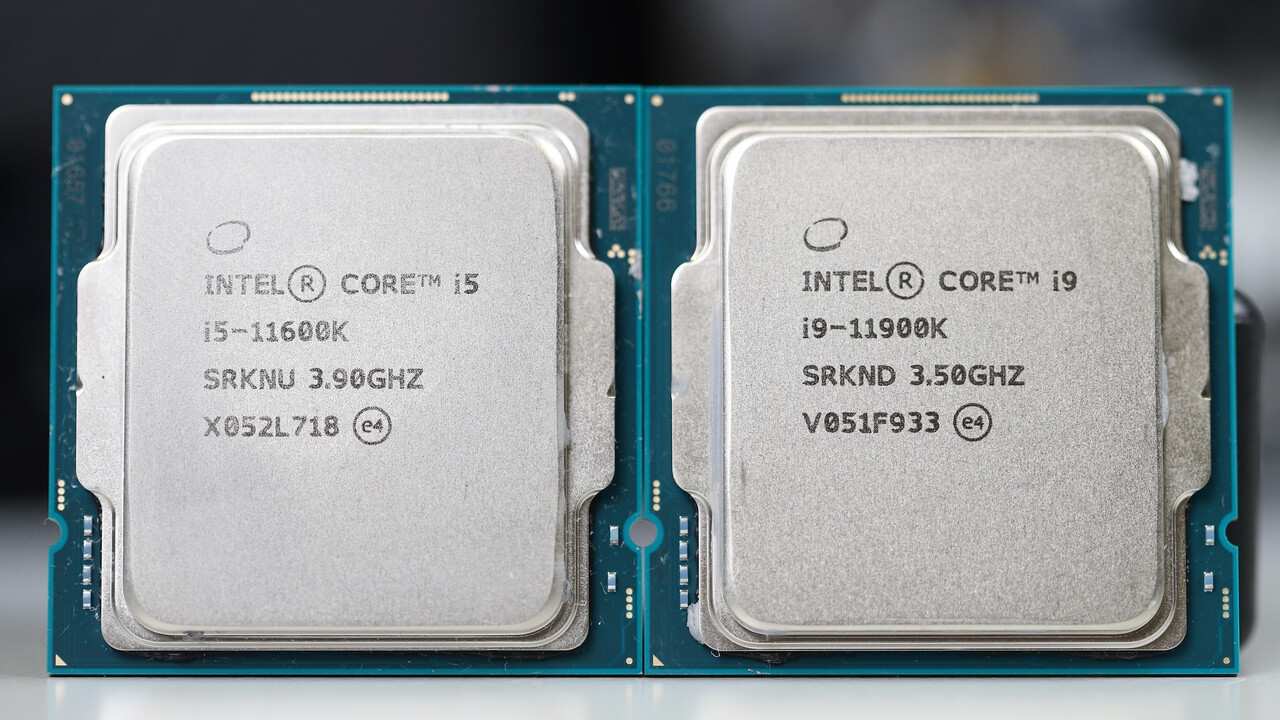- Oct 9, 1999
- 5,305
- 3,986
- 136
With the release of Alder Lake less than a week away and the "Lakes" thread having turned into a nightmare to navigate I thought it might be a good time to start a discussion thread solely for Alder Lake.
It does matter how it is done. I'll try not to bother you anymore.I would look up what the word poll means for devs if I would care enough but I doubt that it's exclusively used for assembly level hardware poking (pulling/pushing, whatever it would be) .
The whole point was that the game checks for user input, indifferent from how this is accomplished.
Very nice comparison, Alder Lake Cinebench R20 performanse per watt........................
Assuming this data is legitimate there are some interesting conclusions to be drawn.
First, as we know in a highly MT application like CB lots of efficient cores running at "lowish" frequency are going to do well. Hence the great 5950X score at 142W. We can see moving from 12 to 8 cores, even though frequency increases, due to the nonlinear nature of increasing frequency vs power, performance and efficiency decreases. As expected. Still it's nice to see things behaving as they logically should.
The same behavior holds for ADL at 125W and 241W. Those Gracemont cores are definitely helping out. Also notice as the Alder Lake parts go from 125W to 241W as you move to the lower core parts the increase in performance decreases as the additional power is basically wasted trying to eek out the last few MHz.
Finally notice that the 12700K at 125W performs about as well as the 5800X at 142W. Does this mean the 12700K is more efficient than the 5800X? Not so fast. There is some nuance here. The 5800X has 8 cores while the 12700K has 10 cores so those 10 cores aren't pushed as far into that nonlinear zone of the V x F graph. I would think the 5800X wouldn't lose much performance is backed down from 142W to 125W.
There is a lot going on here. It's going to take some good reviewing and keen readers to realize that these parts are looking to excel in different scenarios and then price points much be considered as well. Just about 24 hours until the NDA lifts!
8 Power Cores with SMT, 4 Atom cores without SMT12700k has 12 cores, no?
12700k has 12 cores, no?
The post you read is already edited, original writing was 10 cores.It does have 12 cores.
Shouldn't we see some reviews drop later on today due to time zone differences? It's already Nov 4th in Australia.

Maybe i'm crazy, but 125W TDP should be the absolute maximum TDP for Desktop processors.In real world year 2021 and future, "150W CPU package power" should be maximum and not a hair more.
Keep in mind that ryzen uses another ~30% of power that comes from the socket, so unless some site shows both the CPU and the mobo power draw, it's uncertain if these power numbers for zen can be believed.Zen3
yellow is stock, R5 cant eat more than 90W
green, Eco mode
Zen 4 will have the same or maybe even a little lower CPU power consumption.
Intel, "hm sacrifice speed to reduce power consumption". Unexpected competition arrived, blah forget it we don't care.
Maybe i'm crazy, but 125W TDP should be the absolute maximum TDP for Desktop processors.In real world year 2021 and future, "150W CPU package power" should be maximum and not a hair more.
View attachment 52262
We’ll quote directly from AMD’s review documentation so that there is no room for confusion:
Package Power Tracking (“PPT”): The PPT threshold is the allowed socket power consumption permitted across the voltage rails supplying the socket. Applications with high thread counts, and/or “heavy” threads, can encounter PPT limits that can be alleviated with a raised PPT limit.
- Default for Socket AM4 is at least 142W on motherboards rated for 105W TDP processors.
- Default for Socket AM4 is at least 88W on motherboards rated for 65W TDP processors.
Look at how much more performance AL gets compared to rocket at the same power, so efficiency is way up from previous gen and that's done by using more cores and running them at lower speeds.Intresting no doubt, if we look at this comparison and what he said in year 2016.Raptor Lake will just follow same road or PL1 around 250W.

An end to scaling: Intel's next-generation chips will sacrifice speed to reduce power
Last week at ISSCC, Intel acknowledged that the next-generation chip technologies its pursuing could dramatically reduce power consumption -- but they'll simultaneously reduce speed.www.extremetech.com
"William Holt, head of Intel’s Technology and Manufacturing Group, made the announcement at the International Solid State Circuits Conference (ISSCC) this past week, when discussing some of the options Intel is evaluating. These technologies aren’t coming next year or the year after — all of the tech in question would be introduced after 2021."
Keep in mind that ryzen uses another ~30% of power that comes from the socket, so unless some site shows both the CPU and the mobo power draw, it's uncertain if these power numbers for zen can be believed.
According to AMD themselves getting less power from the socket can reduce performance.
Explaining AMD Ryzen Precision Boost Overdrive (PBO), AutoOC, & Benchmarks | GamersNexus
stub With the launch of the Ryzen 3000 series processors, we’ve noticed a distinct confusion among readers and viewers when it comes to the phrases “Precision Boost 2,” “XFR,” “Precision Boost Overdrive,” which is different from Precision Boost, and “AutoOC.” There is also a lot of confusion...www.gamersnexus.net
Look at how much more performance AL gets at the same power, so efficiency is way up from previous gen and that's done by using more cores and running them at lower speeds.
What I'd like to see is a a review that shows both package power and wall power for power consumption. Throughout the advent of the Zen architecture and subsequent iterations those chips always consume more power in gaming, even when churning out inferior fps. Something isn't right about a "power efficient" platform that is only power efficient when you measure power in software, but as soon as you measure at the wall it's no longer that power efficient.Keep in mind that ryzen uses another ~30% of power that comes from the socket, so unless some site shows both the CPU and the mobo power draw, it's uncertain if these power numbers for zen can be believed.
According to AMD themselves getting less power from the socket can reduce performance.
Explaining AMD Ryzen Precision Boost Overdrive (PBO), AutoOC, & Benchmarks | GamersNexus
stub With the launch of the Ryzen 3000 series processors, we’ve noticed a distinct confusion among readers and viewers when it comes to the phrases “Precision Boost 2,” “XFR,” “Precision Boost Overdrive,” which is different from Precision Boost, and “AutoOC.” There is also a lot of confusion...www.gamersnexus.net




Look at how much more performance AL gets compared to rocket at the same power, so efficiency is way up from previous gen and that's done by using more cores and running them at lower speeds.
At the 125W which is your maximum it reaches close to the 5950x (about ~5% difference) which is $200 more expensive.
Is this with the Intel spec PL1 of 125 W and PL2 of 190W? What was the tau?
Is this with the Intel spec PL1 of 125 W and PL2 of 190W? What was the tau?
The processor should simply consume whatever it needs up to 241wUnless I'm misunderstanding with Alder Lake Tau is no more. PL2 will be maintained as long as power supply and cooling is adequate.
So, CB R20 Multi-Thread....
R9 5900x (12c/24t) = 8545 @142wppt
i7 12700k (12c/20t) = 8658 @160w



